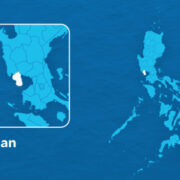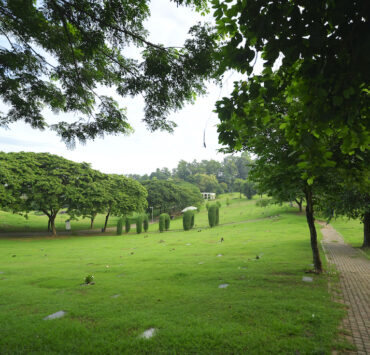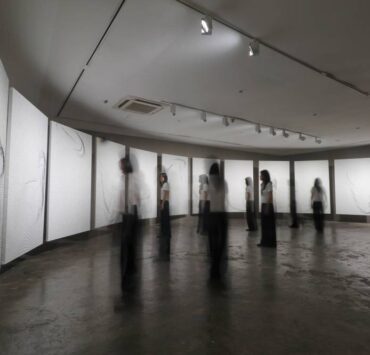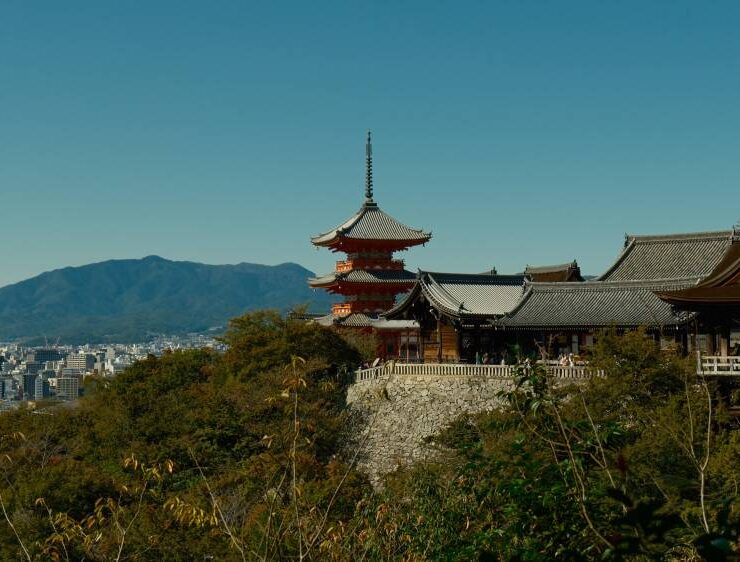The Michelin Guide is the beginning—not the endpoint—of important food conversations

Since the Michelin Guide was announced to have finally come to the Philippines for its inaugural edition, the culinary world and anyone who has paid attention to the country’s food scene awaited with bated breath. After all, chefs, restaurateurs, and foodies have wished for years for the guide to include the Philippines among its glittering roster of destinations, given that it is widely seen in the F&B industry as the barometer of culinary greatness, with a coveted star/s (or a plate, or a bib) as a mark of success.
Perhaps it’s this pent-up longing for validation from an esteemed authority that has led to the myriad reactions and feedback from the inaugural Michelin Guide ceremony.
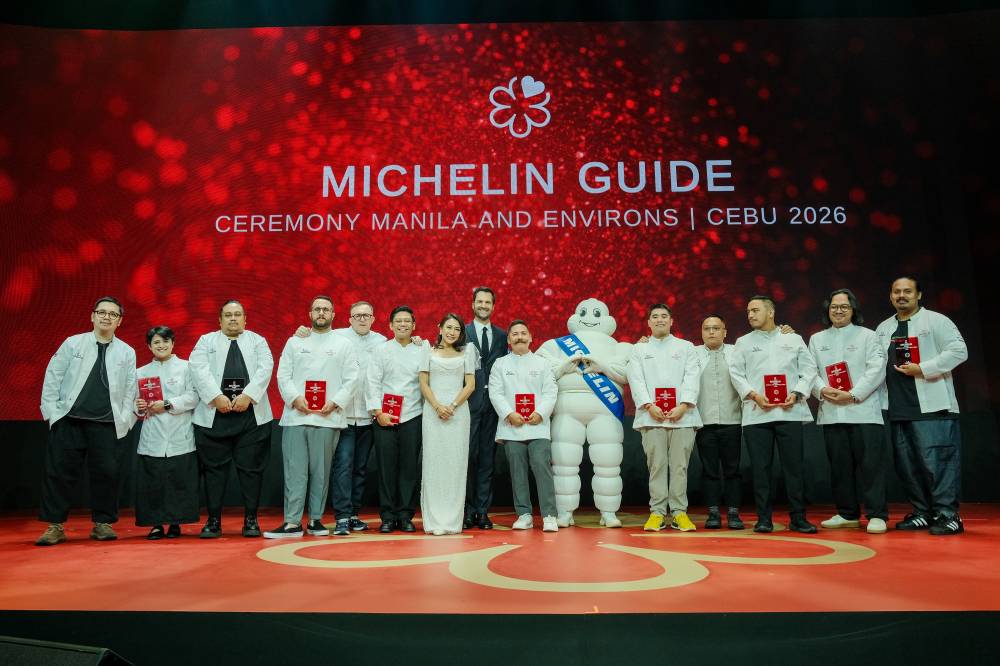
Understandably, there were those who felt that the Michelin had outrageously snubbed certain establishments befitting of a star, or ignored an entire gastronomic destination altogether, such as Binondo, the world’s oldest Chinatown, and more significantly, Pampanga—said to have been included in the “environs” beyond Manila that the anonymous Michelin inspectors visited, with its culinary heritage as one of its cultural trademarks.
Several of these criticisms are valid and reflect the kind of conversations that have surrounded the Michelin Guide, even before its arrival in the Philippines.
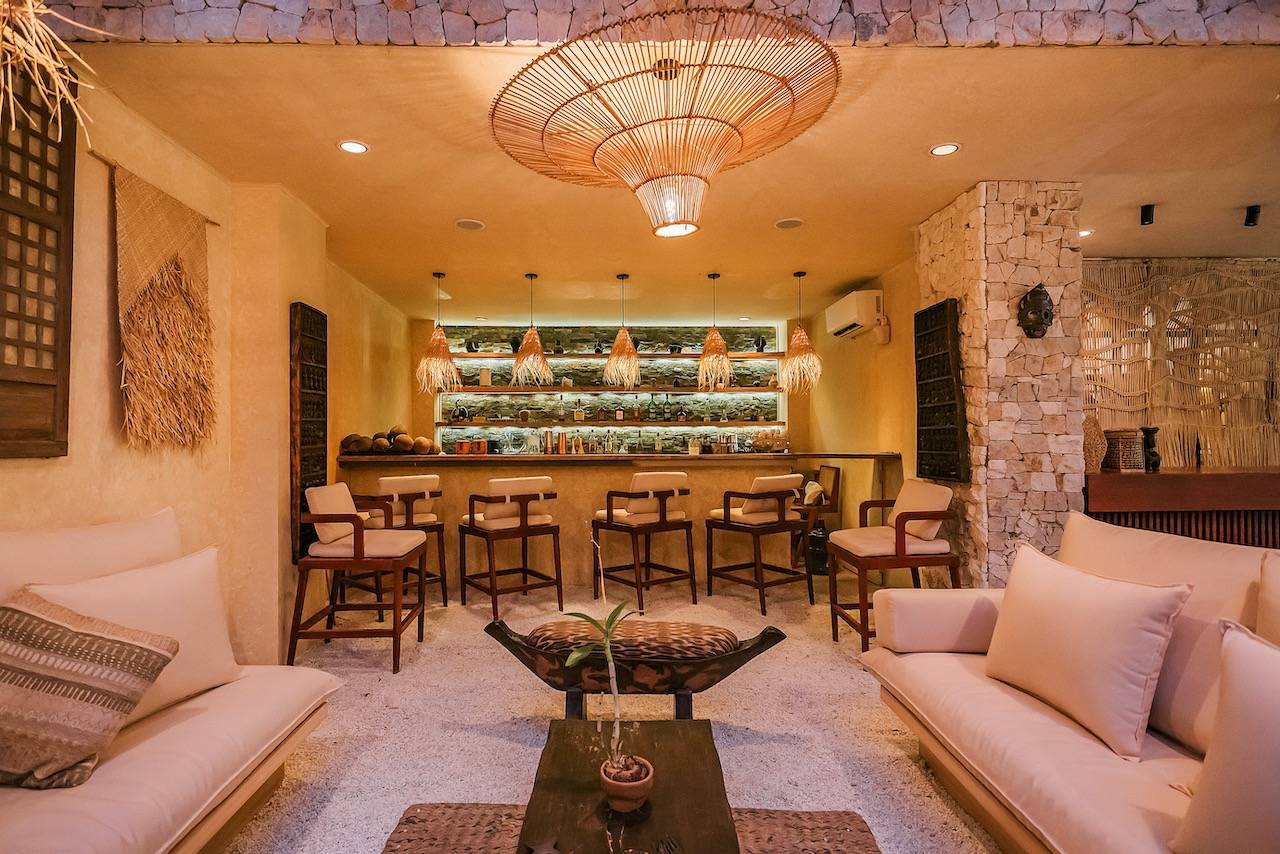
Understanding where it all began
To dissect these critiques, it is important to understand the origins of the Michelin Guide. The guide itself is over 100 years old, having been founded in 1900 in France by the tire company to encourage travel (and thus increasing tire sales), and began awarding stars in 1926.
In fact, the Michelin Guide did not even come to the United States until a century later, in 2005, by which time it had already gained its status and prestige as the holy grail and pinnacle of success in the culinary world. Chefs relentlessly chased the elusive stars, subjecting their kitchens and staff to increasingly grueling working conditions and tremendous pressure.
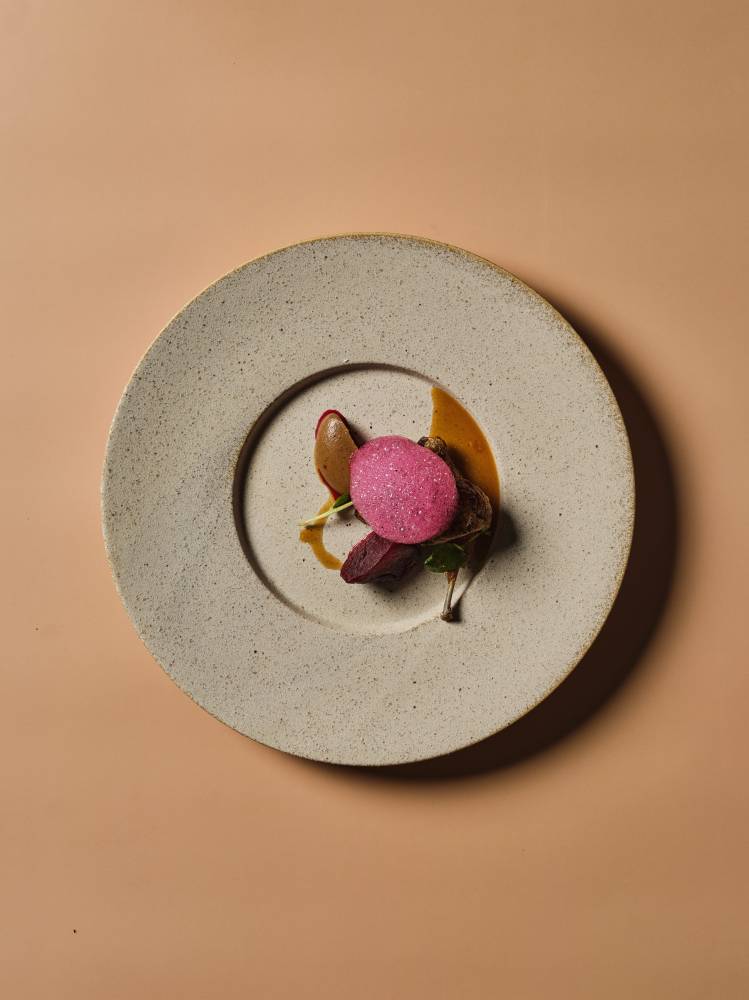
All this to say that separating the Michelin Guide from its Eurocentric roots and context would be a difficult and misinformed task, on which restaurants are primarily based and judged by French standards and tastes. By and large, culinary schools around the world continue to train their student chefs on the fundamentals of French cuisine—from practicing mise en place until it becomes second nature to julienning vegetables with surgical precision.

By its own admission, the Michelin Guide judges restaurants by a single criterion everywhere in the world. While sticking to a universal system conveniently hides behind the veneer of objectivity, this runs the much larger drawback of diluting the rich and diverse culinary traditions and gastronomic influences that permeate beyond Europe.
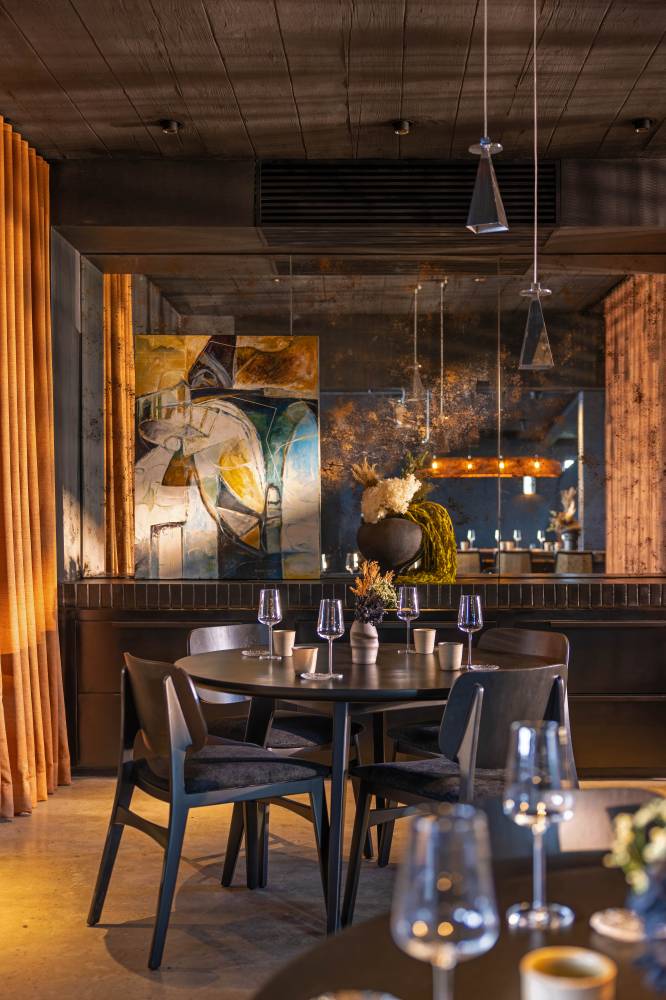
The world seems to be learning from this, Michelin included—albeit slowly. In 2022, Copenhagen’s three-star restaurant Noma announced it would be paying its interns after mounting public pressure, subverting the tradition of staging or unpaid apprenticeships that have become widely accepted practices in the world’s most demanding kitchens, due to the costly investments in the maintenance of a restaurant’s stars.
This would lead Noma to announce its closure by the end of 2024, just three months later, with the restaurant “no longer financially sustainable.”
Over the years, widely acclaimed chefs have also “returned” or refused their stars in order to resist what they felt were restrictions on their creativity, steering them toward a direction of homogeneity, or simply defying the pressure for their staff to perform at a near-impossible level of competition.
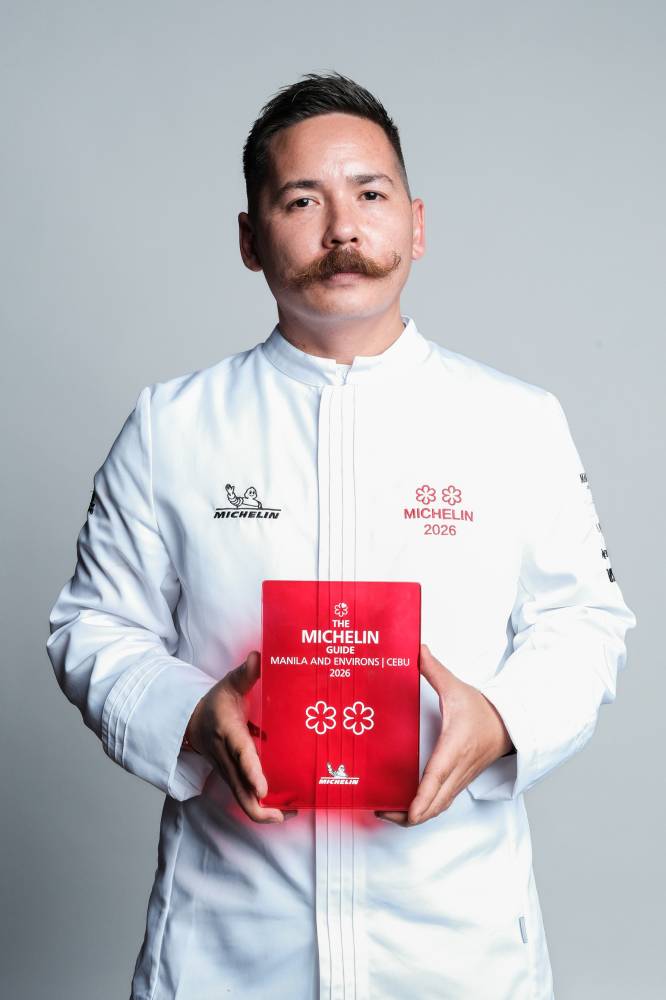
Broadening cross-cultural borders, diversifying diner profiles, and even the democratization of social media, in tilting the power balance in who gets to define taste—these all lead to a reckoning of where guides like Michelin fit in shaping the worldly eater’s palate and dining decisions.
Opening doors for conversations
So, where do we go from here? Does this mean that the Michelin Guide shouldn’t be welcome in the local scene?
Quite the opposite. The entry of the Michelin Guide in the Philippines should be treated as the start of that reckoning—we can continue to hold space for criticisms, ask questions and more, without invalidating what the Michelin Guide means for the local food scene that has long fought its way to global recognition, and whose “validation” can open doors of opportunities for an F&B industry battered by bloating inflation and rising local and imported food costs.
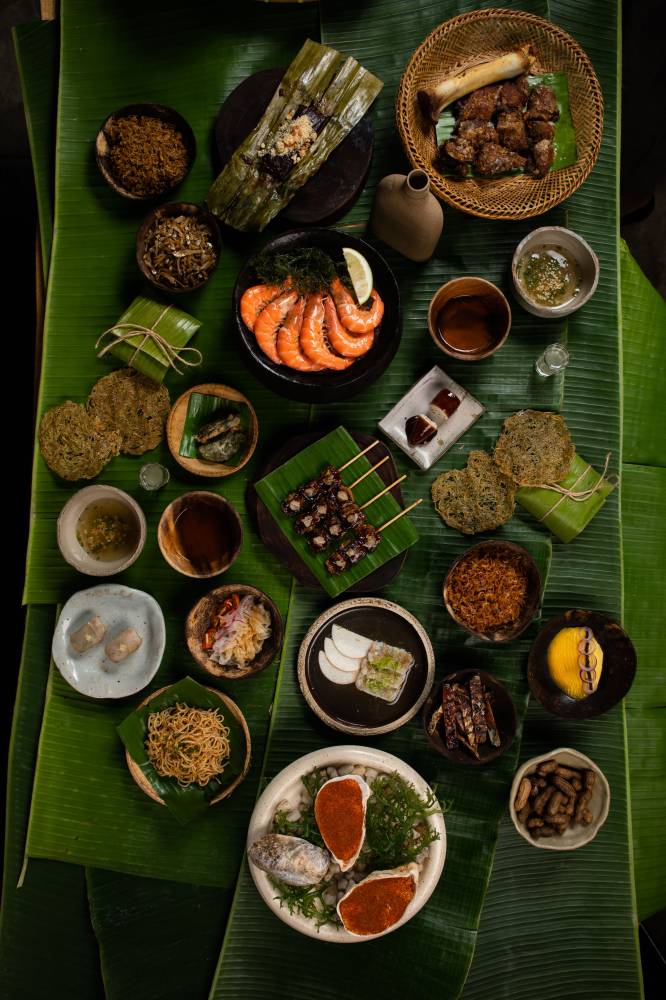
It is a long road ahead to ensuring a sustainable, thriving, equitable food culture that benefits not only makers of these dishes but also the people who grow and produce them. For all the talk on which restaurants and eateries Michelin missed, how do we involve our farmers and fisherfolk in these discussions, who build the backbone of our culinary archives?
As these stars hopefully draw in more curious diners as part of the country’s tourism efforts, there is room for conversations on how the Philippines can shore up more substantial support for all the parts that make up the food ecosystem in the country. This includes investing in programs meant to uplift our agricultural producers and link them with the country’s culinary talents as well as supporting local gastronomic tourism experiences and initiatives that foster genuine appreciation for the Philippines’ food landscape.
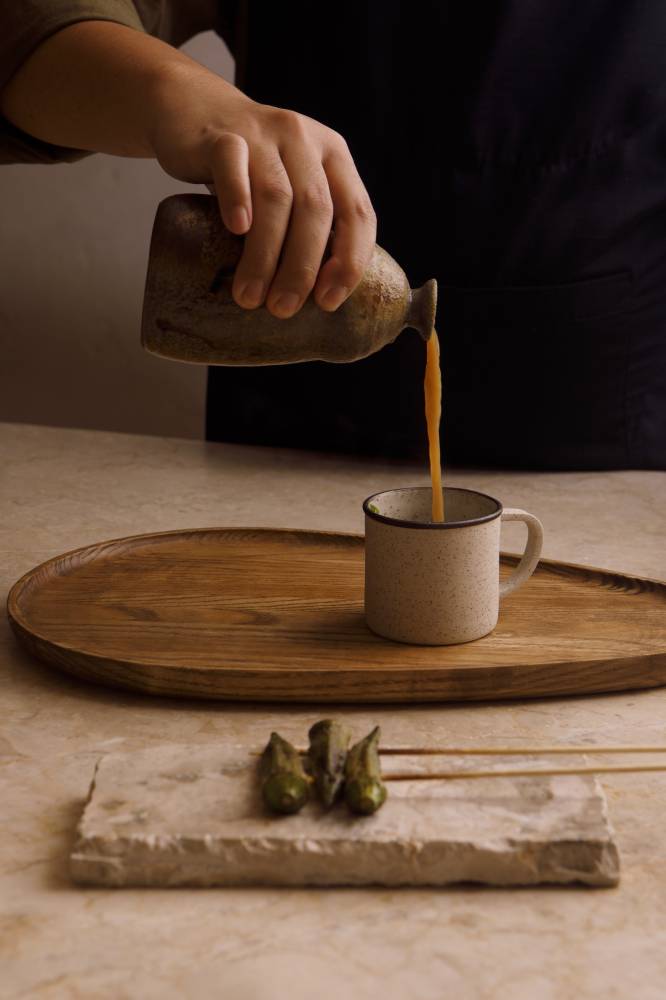
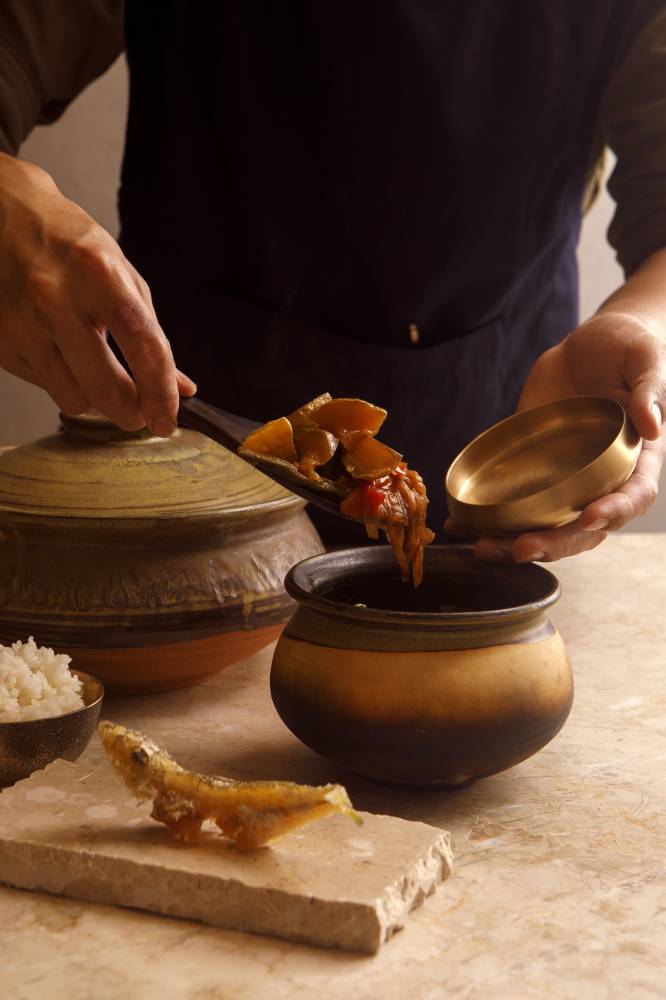
And yes, if we want hordes of discerning gourmets and adventure-seeking diners to revel in the pleasures of this “new era of dining” in the country, this includes calling on issues such as the building of better infrastructure that ease connectivity for travelers, and addressing the stains of corruption, such as tourist scams and airport extortion schemes, that have dented the Philippines’ image as a global destination.
The food world may have placed Michelin on a pedestal, but the Michelin Guide isn’t meant to be the definitive authority on any particular culture. The Michelin Guide should not be the endpoint, but the start of these important conversations.












